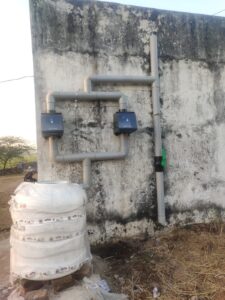We need to promote a decentralised approach, with a key focus on water conservation, source sustainability, storage and reuse wherever possibles
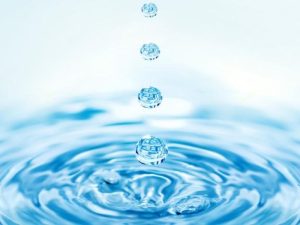 Photo courtesy: Getty Images
Photo courtesy: Getty Images
India is facing one of its major and most serious water crisis.
After two consecutive years of weak monsoons, 330 million people — a quarter of the country’s population — are affected by a severe drought. With nearly 50 per cent of India grappling with drought-like conditions, the situation has been particularly grim this year in western and southern states that received below average rainfall.
According to the Composite Water Management Index (CWMI) report released by the Niti Aayog in 2018, 21 major cities (Delhi, Bengaluru, Chennai, Hyderabad and others) are racing to reach zero groundwater levels by 2020, affecting access for 100 million people.
However, 12 per cent of India’s population is already living the ‘Day Zero’ scenario, thanks to excessive groundwater pumping, an inefficient and wasteful water management system and years of deficient rains. The CWMI report also states that by 2030, the country’s water demand is projected to be twice the available supply, implying severe water scarcity for hundreds of millions of people and an eventual six per cent loss in the country’s GDP.
The Union government recently formed a new Jal Shakti (water) ministry, which aims at tackling water issues with a holistic and integrated perspective on the subject. The ministry has announced an ambitious plan to provide piped water connections to every household in India by 2024.
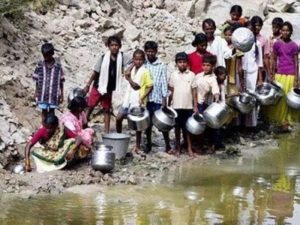
Photo courtesy: Pinterest
The ministry has set a tough target at a time when hundreds of millions don’t have access to clean water. Aiming at laying huge pipeline networks for water supply means that yet again, we are giving more preference to infrastructure. Also, the moot questions are: what will happen if there is no water to supply? What will happen to all the wastewater that gets generated?
This indicates that there is a clear disconnect between water, society and economy. Currently, we are interested in laying large networks, constructing huge storage dams, fetching water from 150 kilometres and above, which involves a huge carbon footprint.
We are valuing land more than water, neglecting our local water bodies, which have either gone dry or encroached. Also, in many Indian cities, water is not properly distributed. Some areas of mega cities like Delhi and Mumbai are privileged to get more that than the standard municipal water norm of 150 litres per capita per day (lpcd) while other areas get 40-50 lpcd.
Aggravating the problem is that the water being supplied currently is of drinking water standards.
The World Health Organization (WHO) states that an individual requires around 25 litres of water daily for meeting his/her basic hygiene and food needs. The rest is used for non-potable purposes like mopping and cleaning. This indicates that for most of the non-potable uses, a quality lower than drinking water is required. Thus, for economic efficiency and environmental sustainability, water must be treated and supplied according to usage.
To top this, are issues of leakage losses, water pricing and metering of water. Lack of proper maintenance of existing infrastructure causes further losses of almost 40 per cent of piped water in urban areas.
The road ahead
Looking at the current situation, there is a need for a paradigm shift. We urgently require a transition from this ‘supply-and-supply-more water’ provision to measures which lead towards improving water use efficiency, reducing leakages, recharging/restoring local waterbodies as well as applying for higher tariffs and ownership by various stakeholders.
A recovery-based closed loop system is the need of the hour.
It is time to go back and start using our traditional practice of rainwater harvesting — catching water where it falls. Presently, India captures only eight per cent of its annual rainfall, among the lowest in the world.
Another aspect is the treatment and reuse of wastewater. About 80 per cent of the water that reaches households, leaves as waste and pollutes our waterbodies and environment. There is a huge potential in reusing and recycling this treated wastewater at least for non-potable purposes, which is cost effective.
All this leads to the fact that we need to promote a decentralised approach, with a key focus on water conservation, source sustainability, storage and reuse wherever possible.
It is important to understand that managing the water situation is not the job of only engineers but all stakeholders including hydrogeologists, economists, planners and most importantly, communities themselves.
Emphasis on behavioural change is not getting enough attention because it is nuanced and complex. But locals/citizens/ communities have a huge part to play. By keeping in check our own usage and actions, we can contribute.
As for our decision-makers, they need to re-think: Are we being sold dreams or realities?
Neerain is proud to republish this article for spreading awareness about situation of water, for our stakeholders. Credit whatsoever goes to the Author.
This article is published by: –
https://www.downtoearth.org.in/blog/water/india-s-water-crisis-the-clock-is-ticking-65217
We would like to spread this for the benefit of fellow Indians.
Author: Mahreen Matto
Publish On: Friday 21 June 2019

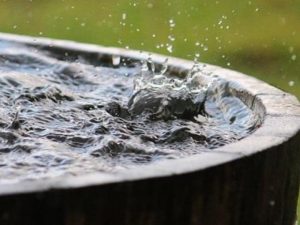 Photo courtesy: Getty Images
Photo courtesy: Getty Images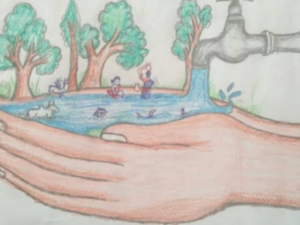 Photo courtesy: AKHILESH YADAV
Photo courtesy: AKHILESH YADAV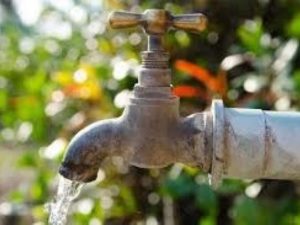 Photo courtesy: Adobe stock
Photo courtesy: Adobe stock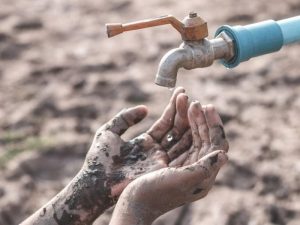 Photo courtesy: Shutterstock
Photo courtesy: Shutterstock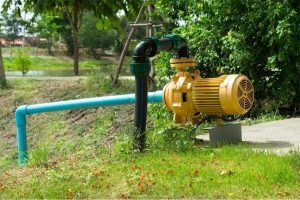 Depletion of groundwater
Depletion of groundwater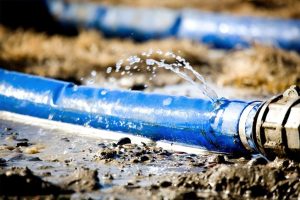 Uneven distribution
Uneven distribution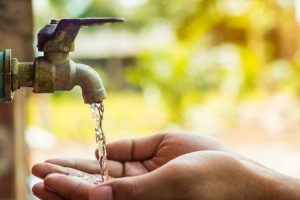 Contamination and pollution
Contamination and pollution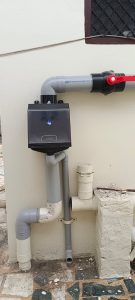 Rainwater harvesting also helps in reducing India’s dependence on groundwater and private sources like tankers.
Rainwater harvesting also helps in reducing India’s dependence on groundwater and private sources like tankers.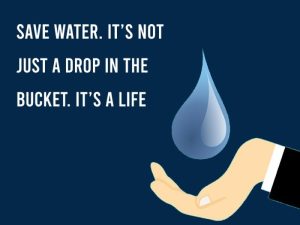 Photo Courtesy: Statustown
Photo Courtesy: Statustown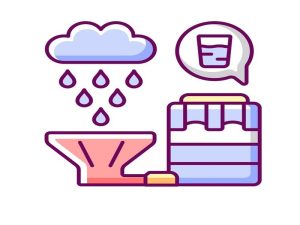
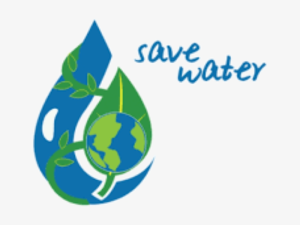 Photo courtesy: Nicepng
Photo courtesy: Nicepng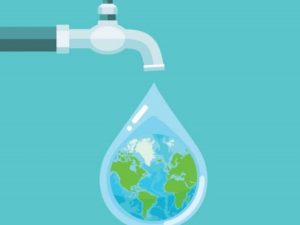
 વરસાદી પાણીને વોટર હાર્વેસ્ટિંગ માટે સાફ કરવા ડિવાઈસ બનાવનાર અમિત દોશી.
વરસાદી પાણીને વોટર હાર્વેસ્ટિંગ માટે સાફ કરવા ડિવાઈસ બનાવનાર અમિત દોશી.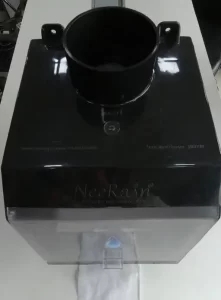 અમિત દોશીએ ડિઝાઈન કરીને બનાવેલું ડિવાઈસ
અમિત દોશીએ ડિઝાઈન કરીને બનાવેલું ડિવાઈસ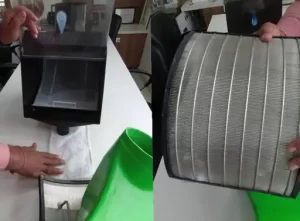 આ ડિવાઈસમાં લાગેલા ફિલ્ટરને કોઈ પણ વ્યક્તિ આસાનીથી ખોલીને સાફ કરી શકે છે.
આ ડિવાઈસમાં લાગેલા ફિલ્ટરને કોઈ પણ વ્યક્તિ આસાનીથી ખોલીને સાફ કરી શકે છે.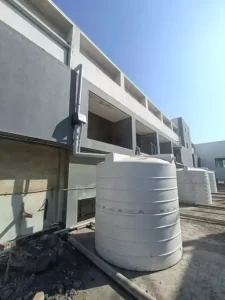 અમિત દોશીએ બનાવેલી પ્રોડક્ટથી વરસાદી પાણીને સાફ કરીને તેનો ટાંકીમાં પણ સંગ્રહ કરી શકાય છે.
અમિત દોશીએ બનાવેલી પ્રોડક્ટથી વરસાદી પાણીને સાફ કરીને તેનો ટાંકીમાં પણ સંગ્રહ કરી શકાય છે.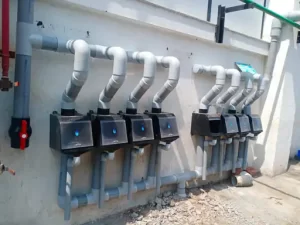 છેલ્લાં ચાર વર્ષમાં ઘણાં રહેણાક મકાનો અને સંસ્થાઓની ઈમારતોમાં જળ સંચય માટે આ પદ્ધતિ અપનાવવામાં આવી છે.
છેલ્લાં ચાર વર્ષમાં ઘણાં રહેણાક મકાનો અને સંસ્થાઓની ઈમારતોમાં જળ સંચય માટે આ પદ્ધતિ અપનાવવામાં આવી છે.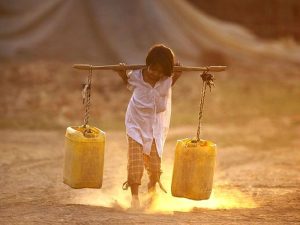 Photo courtesy: pinterest
Photo courtesy: pinterest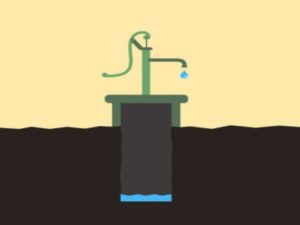 Photo courtesy: Adobe Stock
Photo courtesy: Adobe Stock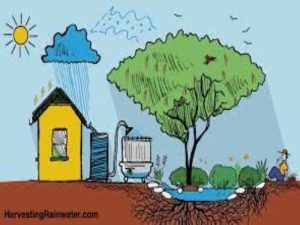 Photo courtesy: HarvestingRainwater
Photo courtesy: HarvestingRainwater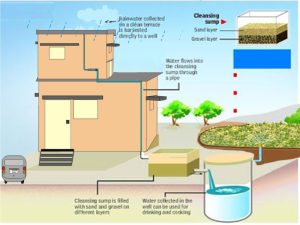
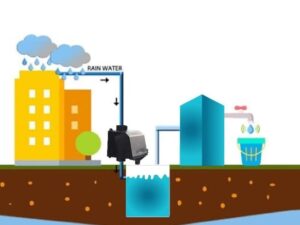 Recharge:
Recharge: Combination:
Combination: